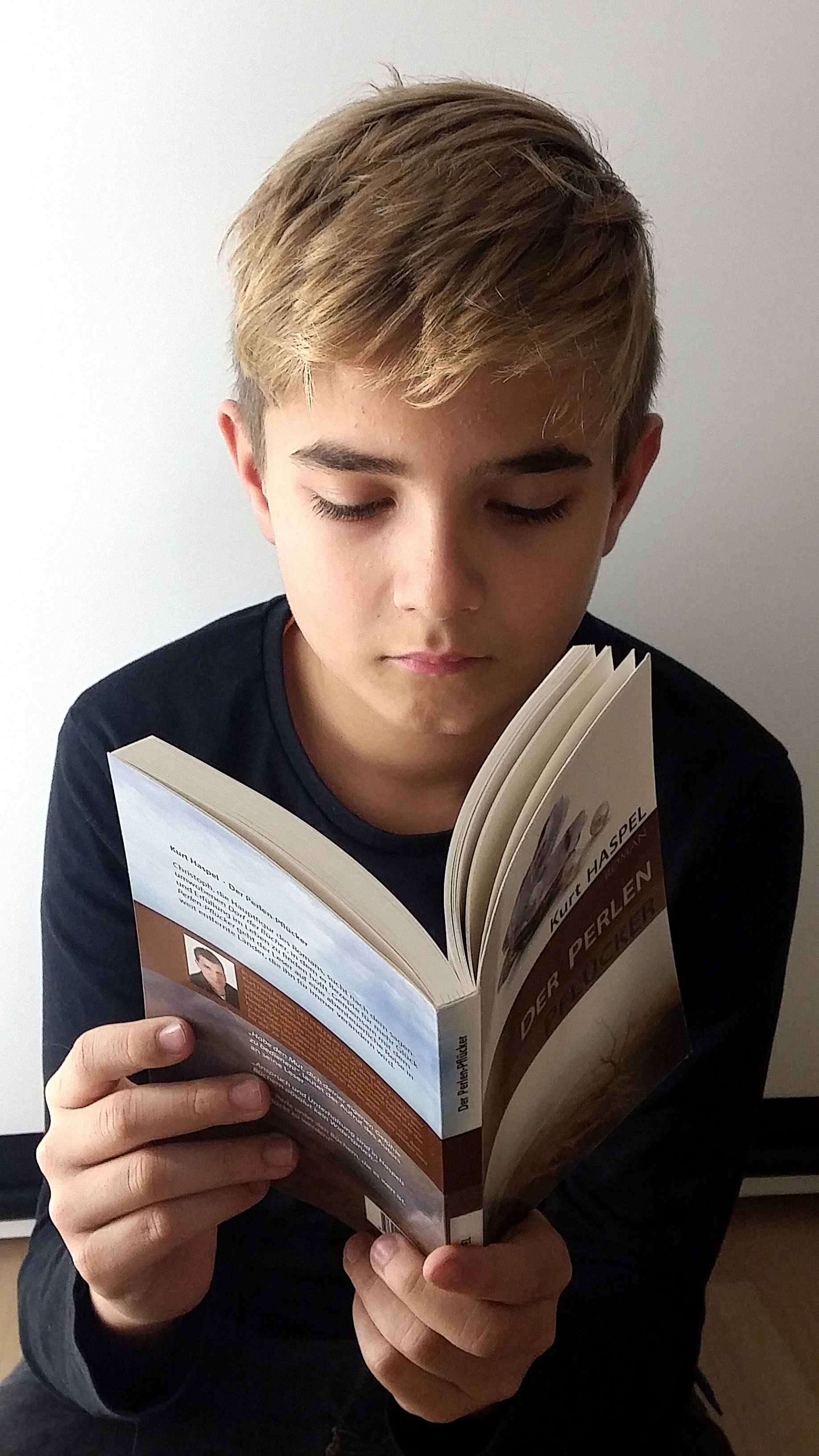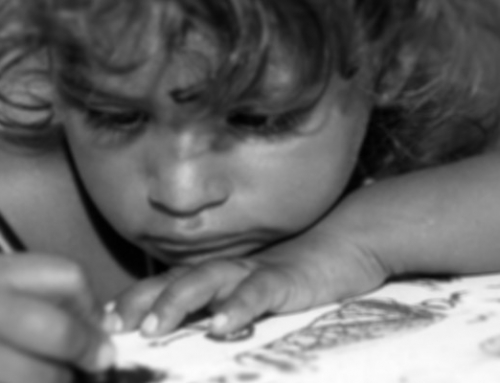Hi everyone, it’s Liz Dunoon here.
Today’s blog post is all about how to teach your child to read and spell. I’m going to tell you about the 7 necessary components that must be included in any effective reading program for struggling readers.
When they were younger my 3 children experienced learning difficulties and I helped them to catch up at school and succeed in life. As a qualified teacher who specialises in learning difficulties and literacy, I have since helped 100’s of children to learn to read and spell from home.
When your child started school, they fully intended to do well and make you proud. But what happens when learning is a struggle for them? Well… I can tell you…. this causes great confusion and worry for you and for your child. Your child will be asking themselves “Why are all the other children learning so easily and I find it so difficult? What’s wrong with me?”
When this happens, parents can help their children to catch up quickly and easily… and today I want to give you an overview of 7 necessary components you will need to help them.
- Start with the Alphabet – That’s the 26 letters of the English alphabet. Start with the lower-case letters and then introduce capital letters.
- Phonemic awareness – Is the 46 sounds that those letters and the combinations of those letters can make in words. Some examples are “huh”- in happy, “ar”- as in car and “juh”- as in giant.
- Colour – Makes vowels one colour and consonants another colour. This will help your child to break down words. I like blue for consonants and red for vowels. Here are some examples – ‘get’ ‘going,’ ‘gigantic’ and ‘gargantuan’.
- Visual symbols – Symbols can also help. I use a short dash for the short vowel sounds a-, i-, e-, o- and u- and long dashes for the long vowel sounds a—, e—,
i—, o— and u—. - Syllables – Are another way to break down long words into chunks. Syllables are the beat and the rhythm of words. ‘cat’ has one syllable, ‘sun-burn’ has two syllables and ‘hip-po-pot-a mus’ has 5. Syllables take longer words and makes them into smaller words, which are much easier for children to decode when they are learning to read.
- Movement – Relates to physical activities that can assist your child to practice and learn new concepts and memorise them. Choose a physical activity that your child enjoys; like bouncing on a trampoline, climbing on monkey bars or bouncing a basketball or kicking a soccer ball. These activities will cement your child’s learning into their long-term memory and are only limited by your imagination. Choose activities that suit your child.
- Music – Gets both hemispheres of your child’s brain working. Use music to reinforce learning and practise reading. Children love a catchy song, so be inventive as to the ways you can utilise music when you are teaching spelling or reading. I love teaching reading using song lyrics that can be repeated over and over again.

I’ll be explaining these 7 concepts in much more detail in upcoming blog posts to give you some direct strategies as to how you can use these to teach your child to read at home.
If you like this post, make sure you subscribe to my YouTube channel right now, just click on the subscribe button below.

If you want more information on how to teach your child to read and spell and find out how to access posters and many more educational resources to help your child catch up at school fast…
Join me on my free webinar by clicking here:

Now I want to turn it over to you. Leave me a comment below. What is your favourite multi-sensory way to learn? You could also tell me how your child is going by leaving a comment below right now.








Hi Liz
I think what you are doing is great but I don’t agree with all your points.
I have spent many years working with young children starting school. Most of them come to school being able to recite the alphabet and most can identify their name as well as telk me the names of letters of the alphabet ( usually i. Random order).
This does not in itself help at all when it comes to teading. Mainly because we don’t use letter names when we read. Herein lies the dilemna.
If parents were encouraged by Kinders and pre-schools to teach their children that we make sounds to create words when we speak ( eg ‘c’ as in’cat’ etc) we would have so many more children who would read & spell better.
Did you know it takes some children almost six months to accept that it is the sounds that correspond with letters that we need to know-not the letter names?
Many parents don’t realise this either(!)
So the first year of primary school becomes an introduction to using sounds-for both parent & teacher. An ‘unlearning’ptocess if you like-after most parents have spent at least two years previously trying to get their child to ‘learn’ the alphabet(!)
Synthetic phonics has now emerged as the official name of this approach-even though every good infant teacher knows that this is what has been taught in schools for at least 50 years if not longer(!)
Your target audience should be parents of newborns onwards…. so that by the time the children start uttering their first words they are introduced to the concept of ‘sounds’ and shownthe letter that corresponds ( and/or digraph such as ‘ch’ or ‘sh’etc). not letter names.
As you can tell, this is a big ‘bugbear’ of mine!
I am currently teaching in Years 5 & 6. A new student to the school who is a terrible speller (& has ASD) has blurted out the same truth..’ Inever learnt sounds at my last school-I only know how to spell with names!’. Needless to say… we have a lot of work to do together! (‘ Toe-by -toe’ here we come!).
My apologies for any typos-using my iphone to txt this:)
You also don’t make any mention of another extremely common factor-auditory processing delay( which most slow readers have) but that’s another conversation(!)
Kind regards
Hi Debra, I totally agree with you. This is also a bugbear of mine. So I’ve spent 12 years developing a whole new way of learning to read and spell called the ‘Speech to Spelling Method’ that I’ll be covering in up coming videos – stay tuned for more explicit reading instruction. I think you will like it. Kind regards Liz